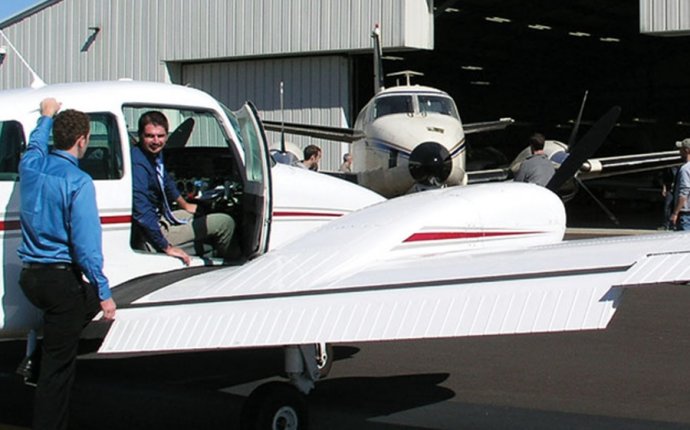
Aviation Tech School

- Los Angeles, California
- Tulsa, Oklahoma
- Aviation Electronics Technology
- Aviation Flight - Professional Pilots
- Aviation Maintenance Technology (A&P)
- Aviation Technology Management
- Nondestructive Testing
- Quality Control
5 Career Areas in Aviation and Aerospace That Offer Big Opportunity
The aviation industry allows millions of skilled workers to enjoy exciting yet reliable careers. In fact, worldwide, this sector directly employed 8.7 million people in 2013 while generating more than $600 billion of GDP. And by 2026, that number could grow to $1 trillion.*
Every year, more people travel by air and more goods are shipped by plane. Between 2014 and 2034, airplane-passenger traffic is expected to rise by 4.9 percent per year. And cargo traffic is predicted to increase by 4.7 percent per year.**
 This all means that going after an aviation career can really pay off. These five areas of the industry are especially promising:
This all means that going after an aviation career can really pay off. These five areas of the industry are especially promising:
1. Aviation and Avionics Maintenance
Being an aircraft mechanic or avionics technician can be exhilarating. Every day, you get to work on some of the most advanced and fascinating technologies ever created—from airplane engines and assemblies to radar and navigation systems. And you get to help ensure that people travel the skies safely.
Plus, check this out: At the global level, 609, 000 new aircraft maintenance technicians will be needed by 2034—about 113, 000 of them in North America alone.** And the pay can be very good. For instance, in 2015, the median annual wage for U.S. aircraft mechanics was $58, 370, with some technicians earning above $89, 050.*** The numbers were very similar for those who repair and maintain avionics equipment.
2. Air Traffic Control and Dispatching
Safety is the number one priority in the aviation industry. And efficiency isn't far behind. That's why the sector relies on professionals who are well-trained in logistics, flight coordination, and dispatching. In 2015, the median annual pay for U.S. air traffic controllers was $122, 950. And for airfield operations specialists—people who help ensure safe takeoffs and landings—the median pay was $51, 880, with some experienced dispatchers earning more than $95, 330.***
3. Piloting and In-Flight Services
Do you imagine yourself working as a pilot one day? With the proper flight training, you can make great progress in achieving that vision. Many of today's pilots will be retiring in the coming years, creating opportunities for people like you. In fact, by 2034, 558, 000 new commercial airline pilots will be needed across the world.** And the pay is often very good. In 2015, the median salary for such pilots was $117, 290 in the U.S.***
But pilots aren't the only ones who get to work in the sky. Globally, more than 36 million commercial flights are conducted each year.**** And most of them have a lot of passengers on board. So becoming a flight attendant could be another appealing option.









